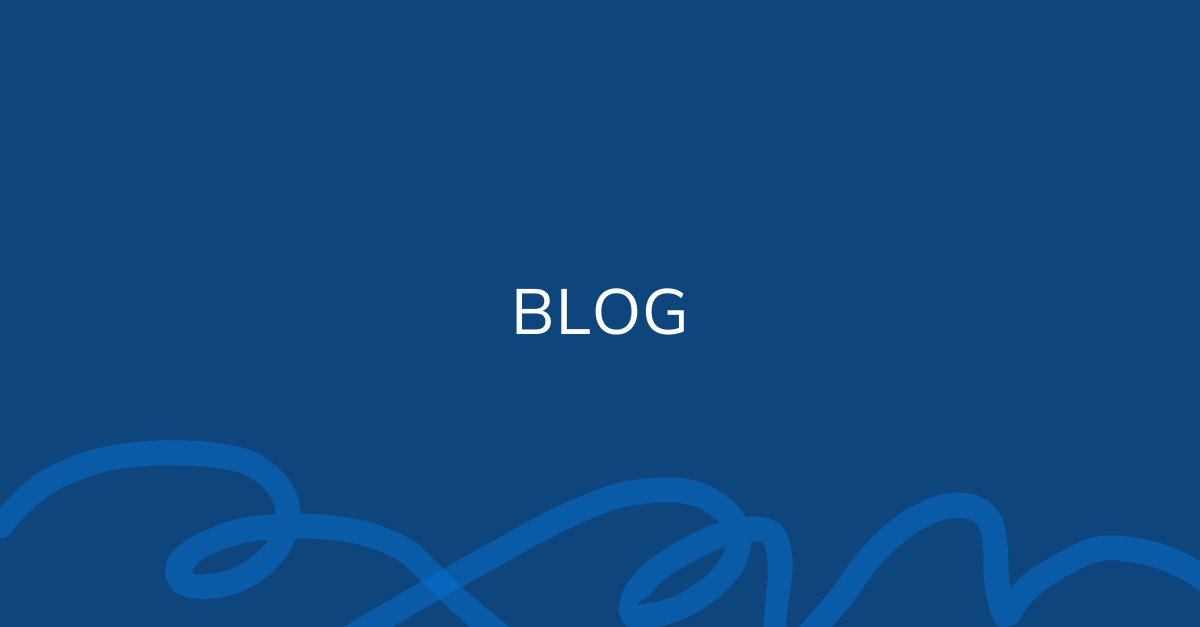
You have to balance your accounts, find work-life balance and balance out the wheels on your car. All are needed for optimal performance of your financial and personal life with an added layer of security. How much thought have you given to finding balance in your body? Every day, humans teeter between falling and balancing with each step when we walk. Watch a baby take their first steps and you can see the learning curve between staying upright and giving into gravity! That process becomes quite refined over time and, for some people, it becomes so precise they can balance on a tip toe, a tightrope or a balance beam and amaze the world with their mastery! How do our bodies learn to balance and what happens to that skill as we age?
To understand that answer, we should first review the 3 systems that control balance. They are the visual, vestibular and proprioceptive systems. All 3 systems are closely interrelated and contribute important information to our brain about where our body is in space and how to negotiate around obstacles. For example, we use sight to scan our environment, to give us depth perception and to focus our gaze on a fixed spot. The visual system works hand in hand with the vestibular system, part of the inner ear, creating a VOR or vestibular ocular reflex. This reflex allows us to use information from our inner ear to create eye movements to stabilize gaze while the head is moving. While this is going on, nerves in our muscles and joints called proprioceptors send information to the brain about where our body is in relation to the head. It’s all very complex! Our visual system is very powerful and can override other senses at times which can be a detriment. This is why your Physical Therapist will prescribe simple balance postures with your eyes closed so the other 2 systems get more practice independent of sight.
As we age, our nervous system slows down and doesn’t get messages to and from the brain as quickly as it used to. This slows our reflexes and responses to postural control. The inner ear functions also slow and sometimes goes awry causing dizziness and vertigo. Our visual systems also start to decline with age forming cataracts and decreasing peripheral vision. Lastly, conditions such as arthritis can alter the signals from our joints to our brains sending misinformation about joint angles and placement. This scenario doesn’t sound good, but our bodies are resilient and our brain can adapt to changes with practice.
If you feel your balance is off and find yourself becoming more ‘clumsy’, talk to your doctor and consider seeing a Physical Therapist. Physical Therapists are trained in rehabilitation and balance to keep you on your feet and feeling confident. Talk to a OneStep PT today and find out how they can help.